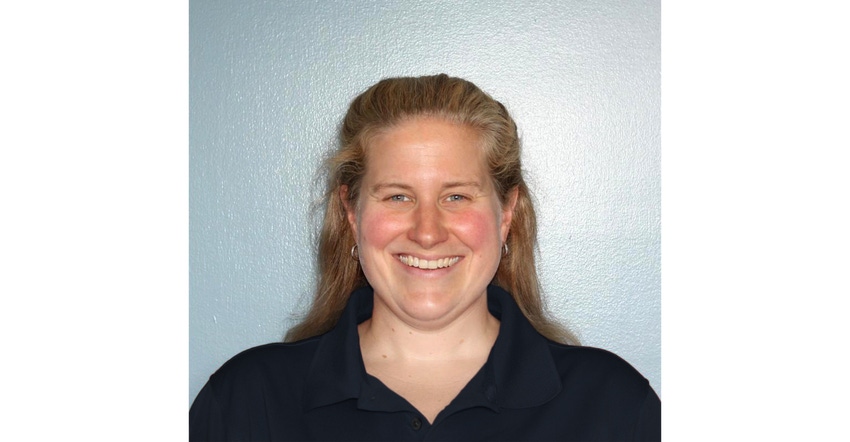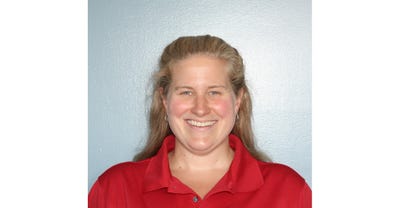From Old Dogs to New Tricks: Navigating Safety Compliance and Grandfathering
“Grandfathering” is a term many facilities use to consider themselves “compliant," even though some don’t have a full understanding of the implications.

Diane Cave, P. Eng, regional manager of Eastern Canada, Element6 Solutions
Before working in the world of combustible dust I’m not sure I ever heard the term “grandfather” or “grandfathering” for industrial installations. But after working in this field for more than 20 years it seems to be a term that many facilities use to consider themselves “compliant.” I’m certain that most of the folks tossing around this term don’t have a full understanding of the implications as “compliant” does not always mean safe. Many facilities throw down the “grandfathering” clause as a loophole to assume that if some piece of equipment installed “back in the day” met the codes and standards at that time, then there is no requirement to update anything on that installation to be compliant with today’s standards. That’s not exactly how it works. Let’s talk about grandfathering and the true implications.
What is grandfathering? Grandfathering is not a term that is defined by or referred to in the NFPA codes and standards. Instead, the term formally defined and used is retroactivity. The difference between grandfathering and retroactivity is that grandfathering assumes that the installation will be acceptable until the end of time. Whereas retroactivity assumes that as things change, and technologies improve the current knowledge and best practices that makes things safer and/or better needs to be implemented for life safety reasons.
Retroactivity refers to the implementation of current requirements on existing installations. So, regardless of the time or requirements of the original design and installation, it is required to have the outlined measures implemented. It is understood that due to capital, time, and resources, not all new requirements can be immediately implemented on existing systems following the publication of new codes, but a plan should be put in place for future implementation within a reasonable amount of time.
It is also understood that it is not practical to update or modify everything following every code and standard revision. The important question is: What needs to be applied retroactively?
In the NFPA standards pertaining to combustible dust, Chapter 1 includes a section on retroactivity. What it boils down to is that nothing is required to be implemented retroactively unless it is specifically called out in a further section. What does that mean exactly? If we use NFPA 652 for an example, section 1.5.2 states the following: “Unless otherwise specified, the provisions of this standard shall not apply to facilities, equipment, structures, or installations that existed or were approved for construction or installation prior to the effective date of the standard. Where specified, the provisions of this standard shall be retroactive.”
Notice and remember the term “unless otherwise specified.” As you surf through NFPA 652 you may notice at the beginning of various sections--Section 7.1.1 for example--the following (or similar) is stated: “The requirements of this chapter shall be applied retroactively in accordance with 7.1.1.1 and 7.1.1.2.”
This means that the requirements in this section, and every section with the above phrasing, must be implemented for all applications, new and existing.
Unfortunately, retroactivity requirements are not so cut and dry as requiring implementation only where called out. As part of codes and standards application there is the enforcement role. Persons or groups with a stakeholder role of safety can evaluate equipment and installations, and they have a say over things. They are the Authority Having Jurisdiction (AHJ) and can intervene into the retroactivity debate.
The AHJ can be several different people, but it is ultimately the governing person(s) that deem the piece of equipment/process is safe to operate and the AHJ dictates the necessary safety requirements. If the AHJ determines that an installation is unsafe or has a high degree of risk, they can require that any section of the NFPA standards be implemented retroactively, even if not stated in the document explicitly.
Let’s put all that was outlined above into practice with an example. Consider a dust collection system installed in 1979 before explosion inlet isolation was thought of or outlined to be necessary to prevent propagating explosions. In today’s world, it is tested and proven that explosion isolation is a necessary piece of explosion protection systems. There is no specific requirement in the current NFPA standards for retroactive installation of explosion isolation. Technically, as the NFPA requirements are interpreted, it is not required to install inlet isolation. This could be considered compliant until your AHJ evaluates the installation. There have been many documented instances where dust explosions have propagated back into facilities or other connected equipment causing catastrophic loss of life and property. Where an explosion propagation hazard exists, it would be highly unlikely that an AHJ would consider the installation safe (with a low degree of risk) without inlet isolation. The AHJ can thus require that inlet isolation is retroactively required to establish an acceptable degree of risk.
What it basically boils down to is that if NFPA specifically states a requirement is retroactive, then it must be implemented. However, your AHJ can overrule whatever it is you think or don’t think needs to be upgraded/installed based on compliance versus acceptable risk. The final call ultimately sits with the AHJ.
Diane Cave is regional manager of Eastern Canada, Element6 Solutions.
About the Author(s)
You May Also Like




